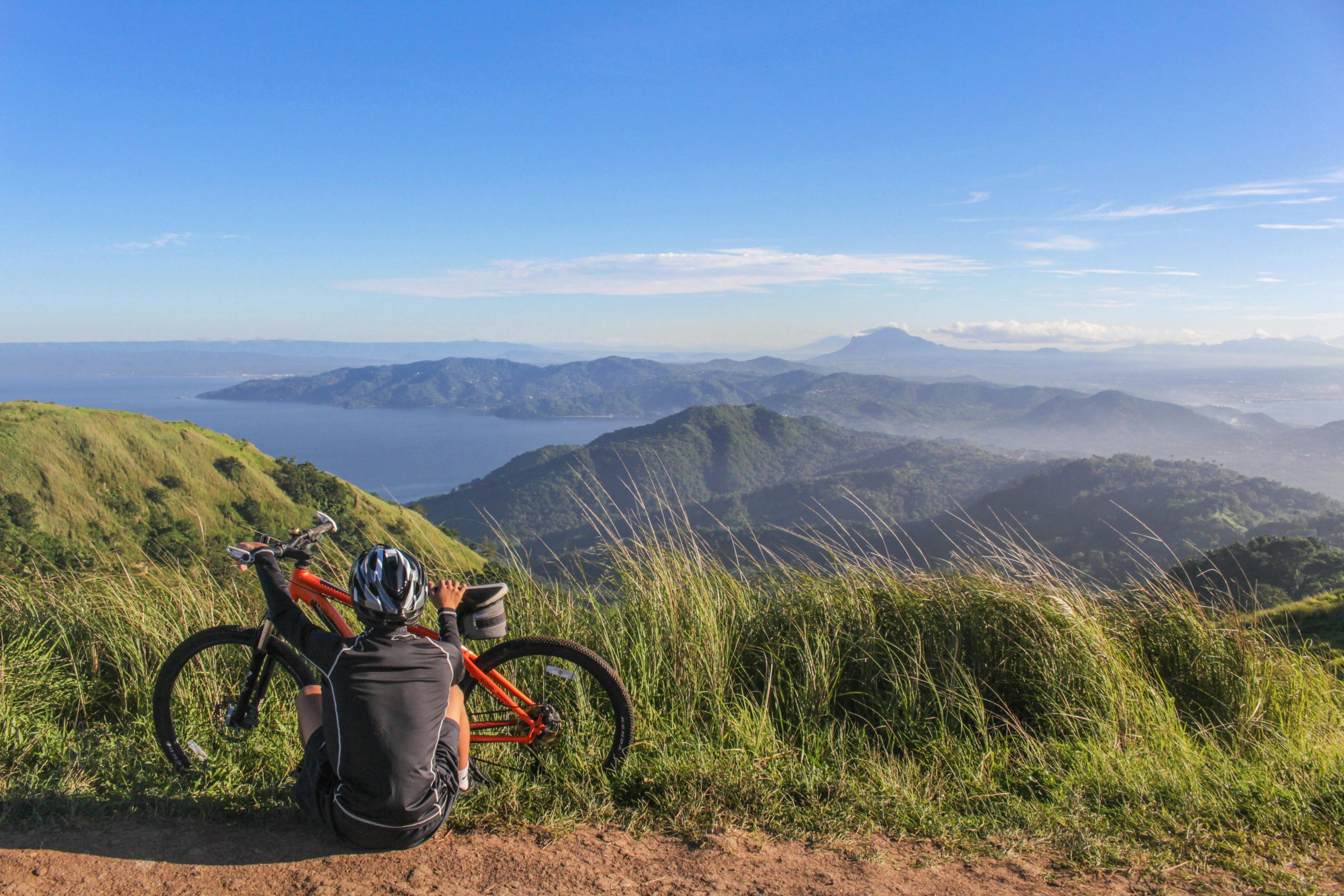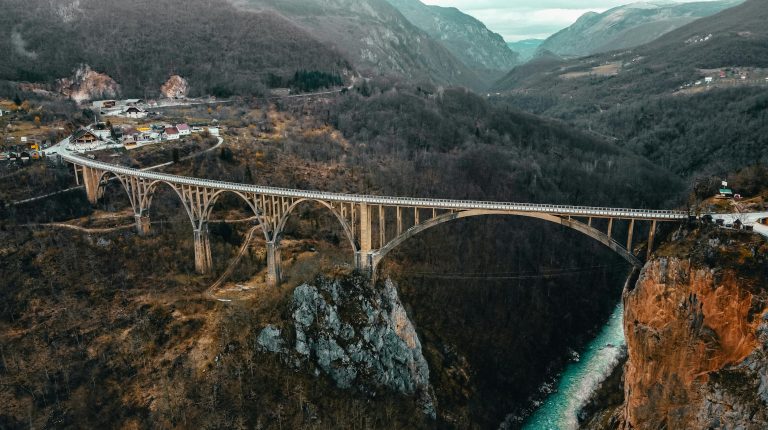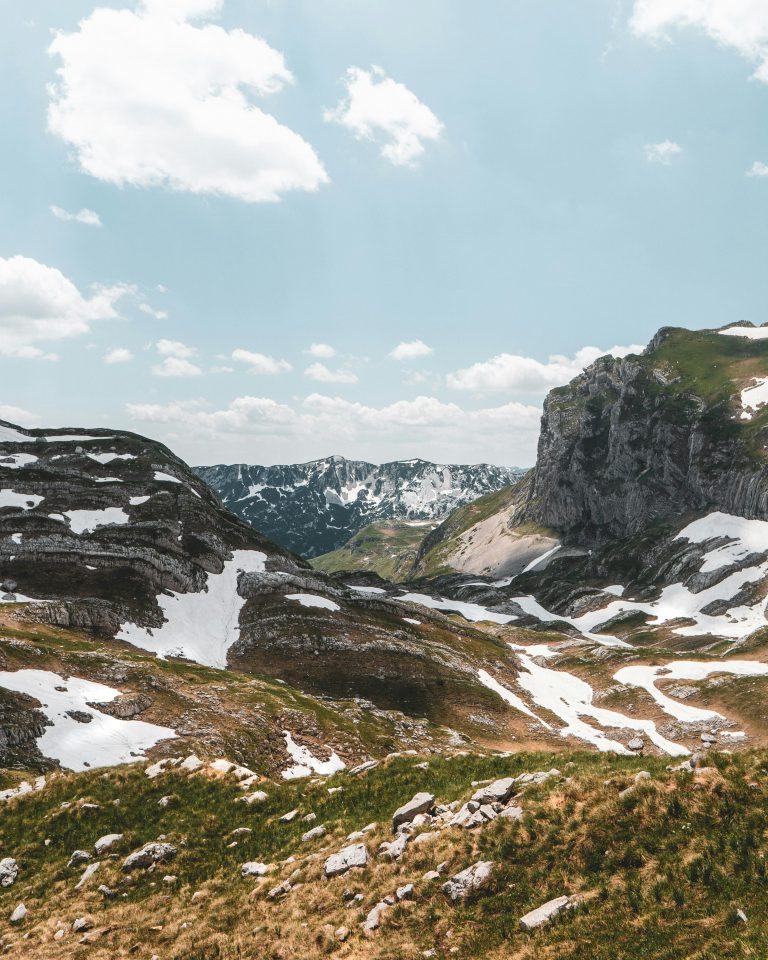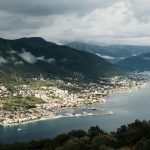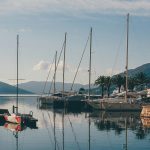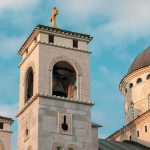Montenegro may be small in size, but for cyclists, it offers some of the most rewarding rides in Europe. With its diverse terrain—ranging from sun-soaked Adriatic coastline to alpine passes and hidden lake valleys—Montenegro is a dream destination for adventurous and experienced riders. While its mountainous geography can pose a challenge, the payoff is unforgettable views, quiet roads, and an authentic, immersive travel experience.
Why Cycle in Montenegro?
Travelling by bicycle is a great way to connect deeply with Montenegro’s dramatic landscapes and local culture. You’ll have the flexibility to stop in small villages, hike along scenic trails, or sample local cheeses from roadside stands. It’s eco-friendly, budget-conscious, and ideal for those seeking an active way to explore.

Montenegro’s short distances mean that even multi-terrain rides can be completed within a day or two, and each region offers a new flavour—from coastal towns like Budva and Kotor to the mountain retreats of Durmitor and Prokletije.
Best Times of Year for Cycling
Spring (April–June) and Autumn (September–October) are ideal for cycling. These shoulder seasons offer moderate temperatures, blooming landscapes or autumn colours, and fewer tourists.
Summer (July–August) is best for high-altitude routes but can be hot and crowded along the coast.
Winter conditions are often too harsh for most routes, especially in the north where snow and ice are common.
Types of Cycling Routes
1. Road Cycling Road cyclists will enjoy paved routes along the Adriatic coast and inland highways that wind through river canyons and national parks.
2. Mountain Biking Montenegro’s northern and central regions offer outstanding MTB trails, from forest paths to rugged mountain tracks.
3. Touring Long-distance cyclists can piece together multi-day routes across the country, combining both paved and gravel sections.
Top Cycling Routes in Montenegro
1. Kotor to Lovćen National Park: Climb the famous serpentine road with panoramic views of the Bay of Kotor. Rewarding and steep.
2. Lake Skadar Loop: Ride past vineyards, bird reserves, and historic monasteries. Great for a relaxed day trip.
3. Durmitor Ring: A demanding but spectacular high-altitude loop from Žabljak around Durmitor National Park. One of the Balkans’ most scenic rides.
4. Podgorica to Cetinje: Climb out of the capital and into Montenegro’s historic royal town.
5. Ulcinj to Bar (Coastal Road): A beautiful coastal stretch with sea views, tunnels, and quiet traffic in early morning hours.
Bicycle Rentals and Guided Tours
If you don’t bring your own bicycle, rentals are available in cities like Podgorica, Kotor, and Budva.
Types of bikes available:
- Hybrid/Touring bikes
- Road bikes
- Mountain bikes
Rental Tips:
- Check the bike’s condition (brakes, gears, tires)
- Ask if panniers, helmets, or repair kits are included
- Ensure the shop offers contact support in case of breakdown
For those wanting local insights or logistics handled, several companies offer guided or self-guided cycling tours.
Traffic and Road Conditions
Montenegro’s roads vary widely. Main routes are well-paved and signed, while rural and mountain roads may be narrow or gravel.
Things to keep in mind:
- Ride on the right
- Be visible: wear reflective gear and use lights
- Traffic can be aggressive—especially in tourist zones
- Avoid tunnels where cycling is prohibited or dangerous
Off-road and mountain biking routes are best navigated with GPS apps or trail maps. Be prepared for sudden weather changes in high-altitude areas.
Accommodation and Support Services
Many guesthouses and small hotels welcome cyclists and may offer:
- Secure bike storage
- Early breakfasts
- Laundry service
- Route planning assistance
Camping is also possible, with designated campgrounds and plenty of wild camping opportunities for those with experience and the right gear.
Useful apps:
- Komoot
- Ride with GPS
- Park4Night (for wild camp or rest stops)
Food and Water
You’ll find small shops and bakeries in most villages—ideal for stocking up on snacks like burek, fruit, and water.
Carry at least two litres of water per person, especially in summer. Refill at public fountains or ask at cafes. Bring water purification tablets for remote areas.
Safety and Gear
Essential gear:
- Helmet (not mandatory by law, but strongly advised)
- Repair kit and spare tubes
- Multi-tool and chain lube
- Waterproof layers
- Gloves and padded shorts


Be cautious in extreme heat or rapidly changing weather. In remote areas, let someone know your route or travel with a partner.
Budgeting Your Ride
Cycling is a budget-friendly travel style. Expect daily costs of:
- Accommodation: €10–40
- Food: €10–25
- Bike rental: €15–30/day (if needed)
Most attractions are free or low-cost, and the savings on transport make this one of the most economical ways to travel.
Pros and Cons of Bicycle Travel
Pros:
- Immersive experience
- Access to places off-limits to cars
- Sustainable and healthy travel
Cons:
- Physically demanding
- Limited infrastructure for cyclists in some areas
- Weather-sensitive
Final Thoughts
Montenegro is a paradise for cyclists who enjoy a challenge and the reward of raw, natural beauty. From coastal breezes to alpine meadows, travelling by bicycle offers a slow and soulful way to connect with the landscape, people, and culture.
If you’re planning a cycling trip in the Balkans, make sure Montenegro is on your list. Just bring your sense of adventure—and your lowest gear.
